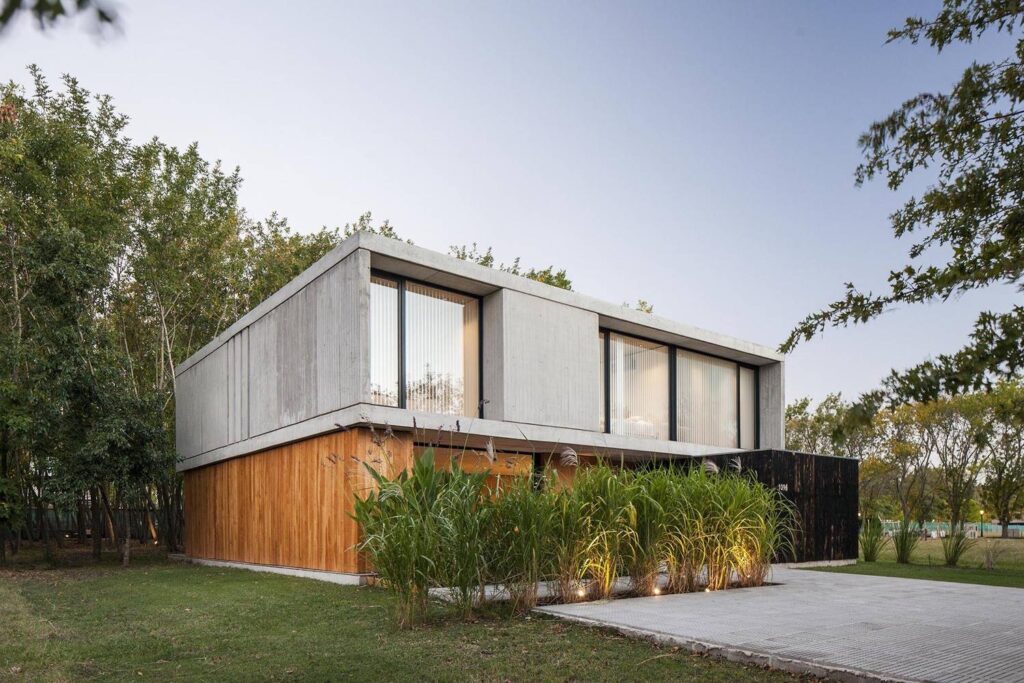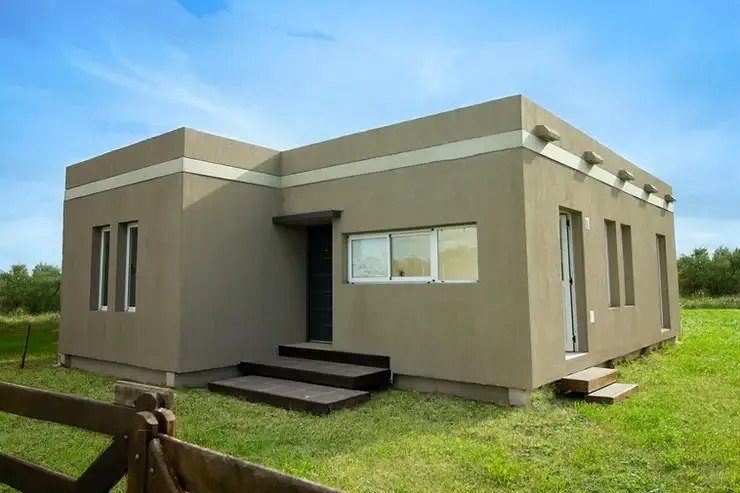Dry construction is a contemporary approach to building that has been gaining momentum globally, thanks to the numerous advantages it offers over conventional construction methods. This system is based on the use of prefabricated or industrialized materials, such as plasterboard, galvanized steel profiles and cement boards, among others. Unlike traditional techniques that rely on wet cement or concrete mixtures, which require drying time, dry construction does not require the use of water during assembly. This brings multiple benefits, ranging from a significant reduction in construction times to a lower environmental impact.
Features and Materials Used
One of the most notable aspects of dry construction is the variety of prefabricated materials available. These materials not only facilitate construction, but also provide specific features that improve the functionality and durability of buildings. The main materials used are:
1. Drywall panels: Mainly used for the creation of interior partitions, ceilings and wall coverings. They are light and easy to install.
2. Cement boards: These boards are resistant to moisture and are ideal for areas that require greater durability, such as bathrooms, kitchens or exteriors.
3. Galvanized steel profiles: They function as the support structure in dry construction. These profiles are light, resistant and do not deform over time, as occurs with some traditional materials such as wood.
4. Thermal and acoustic insulators: They are used within dry construction systems to improve interior comfort, as they offer excellent insulation capacity, both thermal and acoustic.
In addition, dry construction is highly compatible with modern technologies, allowing for great flexibility in the design and execution of projects. Modular systems allow for easier adjustments and modifications compared to conventional constructions, which is a significant advantage in projects that require adaptations over time.

Advantages of Dry Construction
The dry construction system offers multiple benefits that make it an attractive option compared to traditional construction methods. Among the main advantages are:
1. Speed of Execution One of the main reasons why dry construction has gained ground is the speed with which a project can be completed. Prefabricated materials, such as panels and profiles, are already ready to be installed on site, which considerably reduces execution times. Compared to traditional construction, where several days must be waited for concrete to set or mixtures to dry, dry construction allows construction stages to be accelerated and projects to be completed in less time, which translates into greater operational efficiency.
2. Lower Cost The reduction in execution times not only implies greater speed, but also significant savings in labor costs. As it is a faster and less laborious process, fewer personnel are needed on site and for a shorter period. Furthermore, since they are lighter and prefabricated materials, energy and heavy machinery consumption are also reduced, lowering logistics costs. This makes dry construction a more economical option in terms of initial investment and maintenance costs.
3. Flexibility in Design and Modifications Another important benefit is the flexibility it offers in design. This type of construction is ideal for projects that require changes or adjustments during construction or even after it has been completed. Panels and profiles can be easily dismantled and reconfigured, allowing space layouts to be modified as needed, without the need for costly demolitions or alterations. This is especially useful in commercial or industrial projects, where space adaptation is a constant need.
4. Lower Environmental Impact Sustainability is a key factor in modern construction, and dry construction aligns perfectly with this trend. By not requiring intensive use of water and reducing waste generated on site, it reduces the environmental impact of the construction process. In addition, many of the materials used, such as steel profiles or plasterboard, are recyclable, contributing to a circular economy in the construction industry. This eco-friendly approach is essential in a world increasingly concerned with reducing the carbon footprint and protecting natural resources.
5. Thermal and Acoustic Insulation Dry construction systems can easily incorporate thermal and acoustic insulation solutions that improve the comfort of interior spaces. This is especially important in urban areas, where external noise can be a problem, or in extreme climate zones, where thermal insulation helps reduce the energy consumption needed to maintain the interior temperature. With proper design and selection of materials, dry-built buildings can meet the highest standards of energy efficiency and acoustic comfort.
6. Cleanliness and Order on the Job Site Another notable advantage of dry construction is the cleanliness maintained at the workplace. As there are no wet mixtures or processes that generate large amounts of debris, construction sites are tidier and safer for workers. This also makes access to the premises easier during the construction process, as there are no obstacles such as piles of cement or stagnant water. In addition, the urban or residential environment where the works are carried out is less affected by the construction, which is a positive aspect for neighbours or users of the area.
7. Durability and Resistance Despite the belief that dry construction systems can be less resistant than traditional methods, the truth is that, if the right materials are used, these systems can offer exceptional durability and resistance. For example, cement boards are highly resistant to humidity and fire, while galvanised steel profiles are not affected by termites or deformations. This makes dry construction a viable option even in areas with adverse weather conditions or in projects that require high structural resistance.


